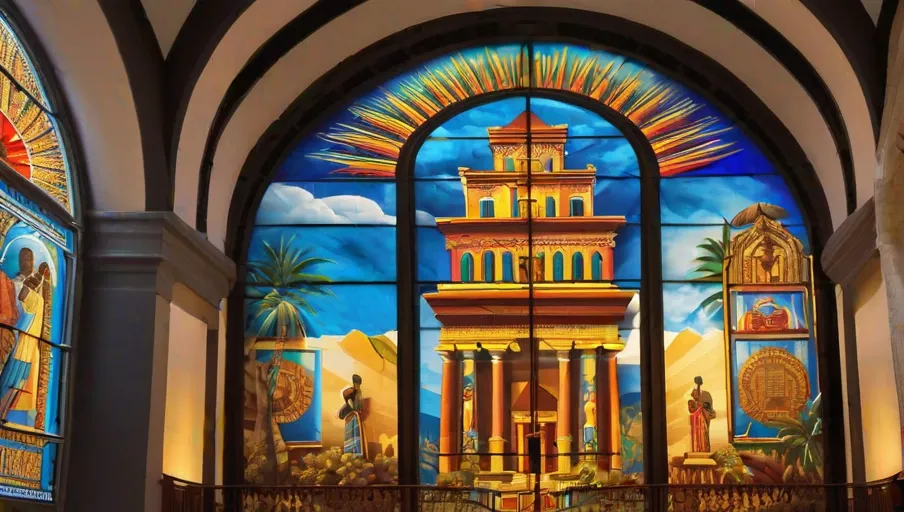
Discover the vibrant history and resilient spirit of Haiti at the Haitian National Pantheon Museum (MUPANAH). Located in the heart of Port-au-Prince, this cultural institution stands as a testament to the country’s revolutionary past.
Unveiling the rich tapestry of Haiti’s history, the museum’s permanent exhibit showcases artifacts spanning from pre-Columbian times to the present day.
With rotating temporary exhibits and serene gardens, MUPANAH offers a comprehensive and engaging experience for all who seek to delve into Haiti’s revolutionary history.
- The Museum of the Haitian National Pantheon (MUPANAH) is located in Champ-de-Mars and showcases artifacts illustrating Haiti’s history, with a focus on its revolutionary years.
- The museum has a permanent exhibit displaying artifacts from the pre-Columbian to contemporary periods, including shackles and instruments of torture used during slavery, the anchor of the Santa Maria, and important historical documents.
- MUPANAH features rotating temporary exhibits of artworks by Haitian artists, with themes such as current events, music, and historical events. French colonization is a recurring theme in these exhibits.
- The MUPANAH Gardens provide a tranquil space with a sculpture garden and sitting area, serving as an escape from Haiti’s heavy history. The gardens also house the museum’s restaurant and gift shop, and cultural events are held there, including the International Jazz Festival of Port-au-Prince.
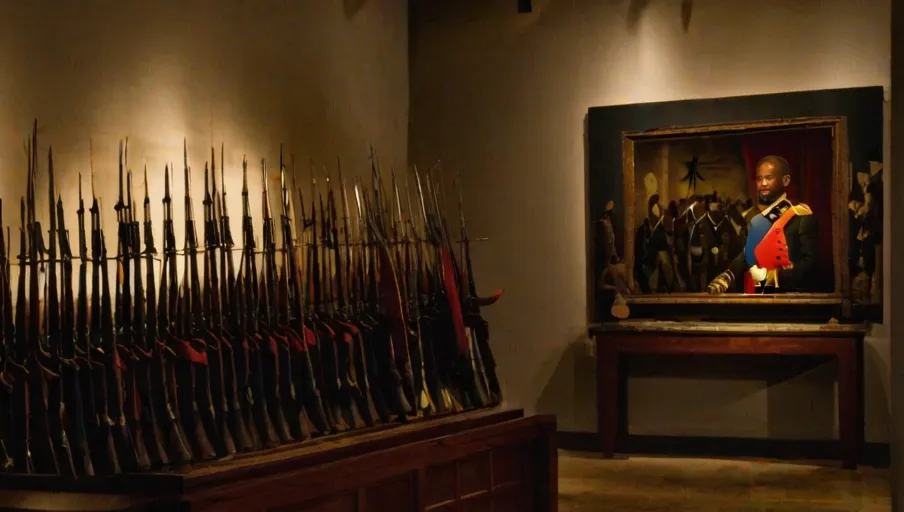
The Museum of the Haitian National Pantheon (MUPANAH) offers a comprehensive exploration of Haiti’s revolutionary years, with its permanent exhibit showcasing artifacts and documents that shed light on the country’s struggle for independence and the abolition of slavery.
The Haitian Revolution, which occurred from 1791 to 1804, was a pivotal moment in history and had a profound impact on the world. The desire for freedom and equality among the enslaved population was one of many factors that fueled the revolution.
Two revolutionary leaders, Toussaint Louverture and Jean-Jacques Dessalines, played instrumental roles in leading the fight for independence. Through their bravery and strategic leadership, they were able to successfully rally the Haitian people and ultimately establish Haiti as the world’s first independent black republic.
The museum’s exhibit allows visitors to delve into this significant period in Haitian history and gain a deeper understanding of the causes and impact of the revolution.
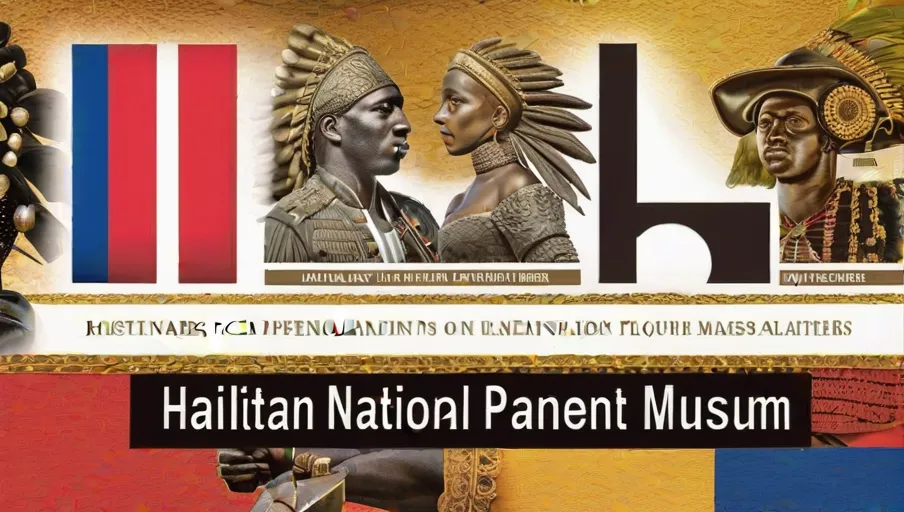
Visitors can immerse themselves in the rich history of Haiti by exploring MUPANAH’s permanent exhibit, which showcases a diverse collection of artifacts and documents that highlight the country’s revolutionary past and its journey towards independence.
The exhibit provides a deep understanding of Haiti’s struggle for freedom and the impact of slavery on its people.
Shackles and torture devices used during slavery, as well as documents signed by notable presidents and the bell announcing the nation’s independence, are some of the revolutionary artifacts on display. These artifacts serve as powerful reminders of the resilience and strength of the Haitian people.
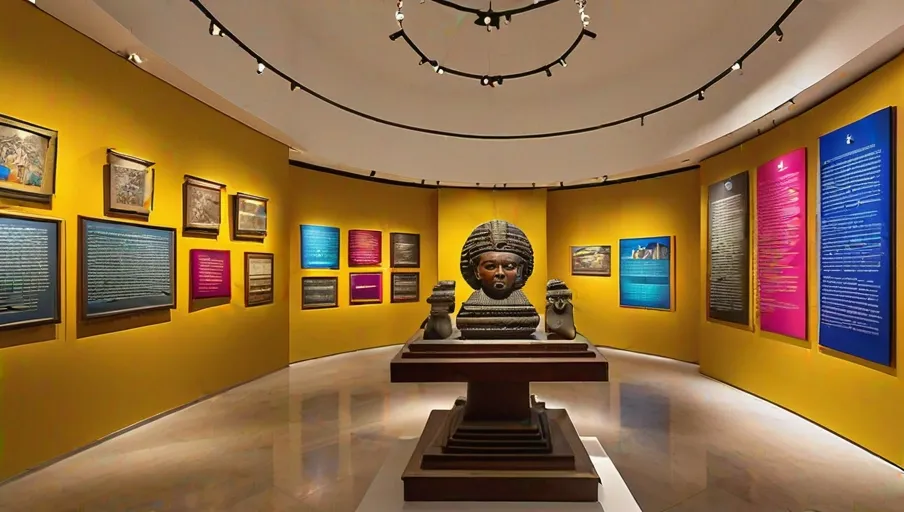
Several captivating temporary exhibits are currently on display at MUPANAH, showcasing the vibrant artwork of Haitian artists and exploring themes of current events, music, and historical events. These exhibits provide a unique opportunity to delve into the impact of colonialism on Haitian art and the depiction of contemporary social issues in Haitian artwork.
| Exhibit | Theme |
|---|---|
| “Colonial Legacy” | Exploration of the lasting effects of French colonization on Haitian art and culture. |
| “Voices of Resistance” | Depiction of social and economic struggles faced by Haitians today. |
| “Sounds of Haiti” | Celebration of Haiti’s rich musical heritage and its influence on art. |
The temporary exhibits at MUPANAH offer a glimpse into the complex and vibrant world of Haitian art. Through the exploration of colonial history and contemporary social issues, these exhibits provide a platform for artists to express their perspectives on the challenges and triumphs of Haitian society.
Visitors to MUPANAH can engage with the artwork and gain a deeper understanding of the cultural and historical context in which it was created.
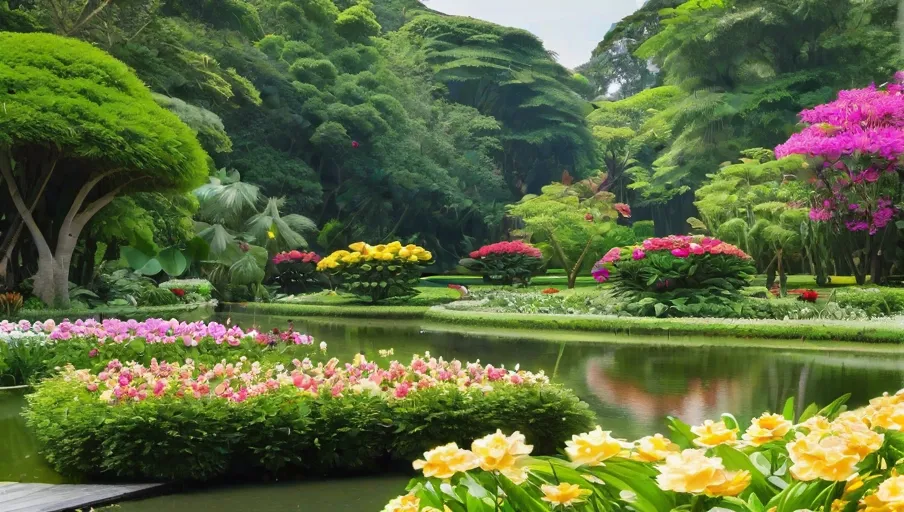
Immersing oneself in the MUPANAH Gardens provides a serene escape from the bustling city, allowing for quiet contemplation amidst the lush greenery and captivating sculptures. The gardens offer a tranquil space for visitors to unwind and connect with nature.
Here are some key features of the MUPANAH Gardens:
- Sculpture Garden: The gardens are adorned with beautifully crafted sculptures that add an artistic touch to the surroundings. These sculptures celebrate Haitian culture and history, providing a visually stimulating experience for visitors.
- Sitting Area: The gardens provide comfortable seating areas where visitors can relax and enjoy the peaceful ambiance. These spots are perfect for reading a book, having a picnic, or simply taking a moment to rejuvenate.
- Cultural Events: The MUPANAH Gardens host various cultural events throughout the year, including the renowned International Jazz Festival of Port-au-Prince. These events bring together artists, musicians, and performers to showcase Haiti’s vibrant culture and artistic talent.
- Restaurant and Gift Shop: The gardens house a restaurant where visitors can indulge in delicious Haitian cuisine while enjoying the scenic views. Additionally, there is a gift shop offering a selection of unique souvenirs and crafts.
Whether one is seeking solitude, inspiration, or a place to socialize, the MUPANAH Gardens provide a tranquil oasis in the heart of Port-au-Prince.
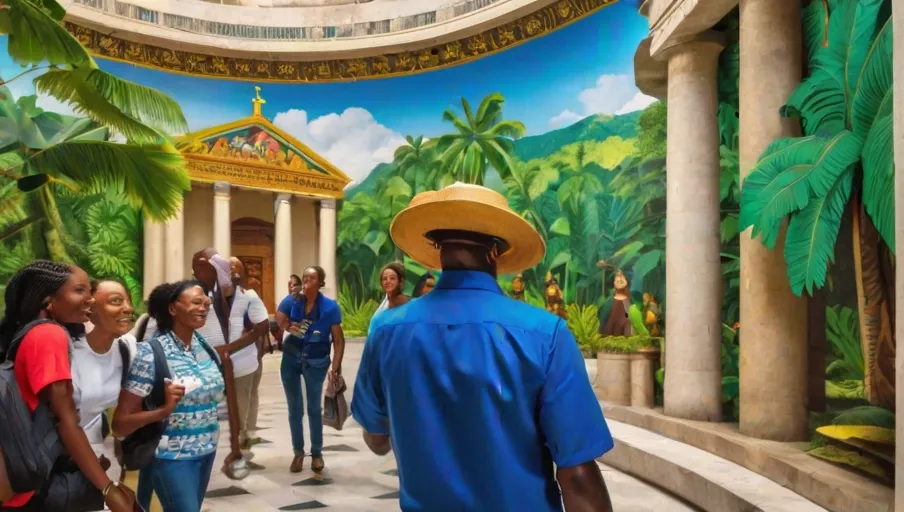
The accessibility of the Haitian National Pantheon Museum allows individuals to easily engage with the rich historical artifacts and educational exhibits, enhancing their understanding of Haiti’s cultural heritage.
Located in downtown Port-au-Prince, the museum offers tours in French, Creole, and English, ensuring that visitors can fully comprehend the information presented. This multilingual approach enables a wider audience to connect with the exhibits and learn about Haiti’s revolutionary history.
The museum’s strategic location in Champs de Mars makes it easily accessible for both locals and tourists, contributing to its popularity as a cultural destination.
By providing language options and convenient access, the Haitian National Pantheon Museum promotes freedom of exploration and knowledge, empowering individuals to immerse themselves in Haiti’s past and appreciate its significant contributions to the world.



